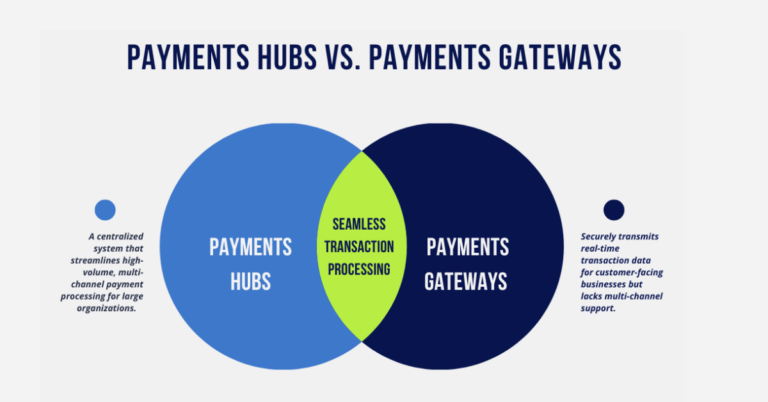Real-time everything is a broad stroke trend statement that affects multiple aspects of the payment workflow. However, one thing has been consistent since the dawn of money movement—the demand for the location of money.
Transparency is important in the grand scheme of payments because it alleviates a large volume of level one requests into the financial institution. Clarification or requests for information clogs up valuable resource time and effort that could be applied to more value-added service.
Money Movement Transparency in the Past
In the pre-digital past, this visibility was delivered in a printed Savings Passbook that could be updated by walking into your local branch and or balancing your checkbook to track each time a bill was paid. If you were a small business, you would have had to use a leather-bound ledger that allowed you to track a larger volume of more complex payments in order to meet bookkeeping needs.
As time moved on, these tasks moved off of paper and pen-based methods to their digital incarnations. However, one thing that didn’t change in the first generation, was the ability to tell where your money actually was. As soon as you hit send, the money would leave your account (maybe) and would get to where it was going in three, four, to who knows how many days. A consumer or business had to have some level of faith that the payment was going to get where it needed to be.
Money Movement Transparency in the Future
With the new real-time ecosystems emerging that level of faith is no longer required. Immediate payment networks, such as The Clearing House’s RTP, as well as new international money movement schemes such as SWIFT’s GPI, give us the ability to inform the end-users (those sending or receiving money) of:
- Where their money is
- Where it is within workflows
- Details on fees and other once hidden items
In the case of RTP, it also gives the participants the ability to make inquiries to one another within the network itself, making it a true two-way communication. If you think about this in the context of making the payment “invisible” in the experience, the importance of being able to communicate with one another to clarify discrepancies or misunderstandings on a particular payment is clear.
With antiquated systems within the bank being updated to enable real-time data and information, the “as of timestamp” will become a thing of the past. An additional value to having transparency is the ability to see not only where your payment is in the value chain, but also who is taking what slice along the way. This will further increase competition as pricing pressure pushes legacy models out the window. After 40 years without significant change, it’s exciting to see the next generation of payment efficiency coming to fruition.




